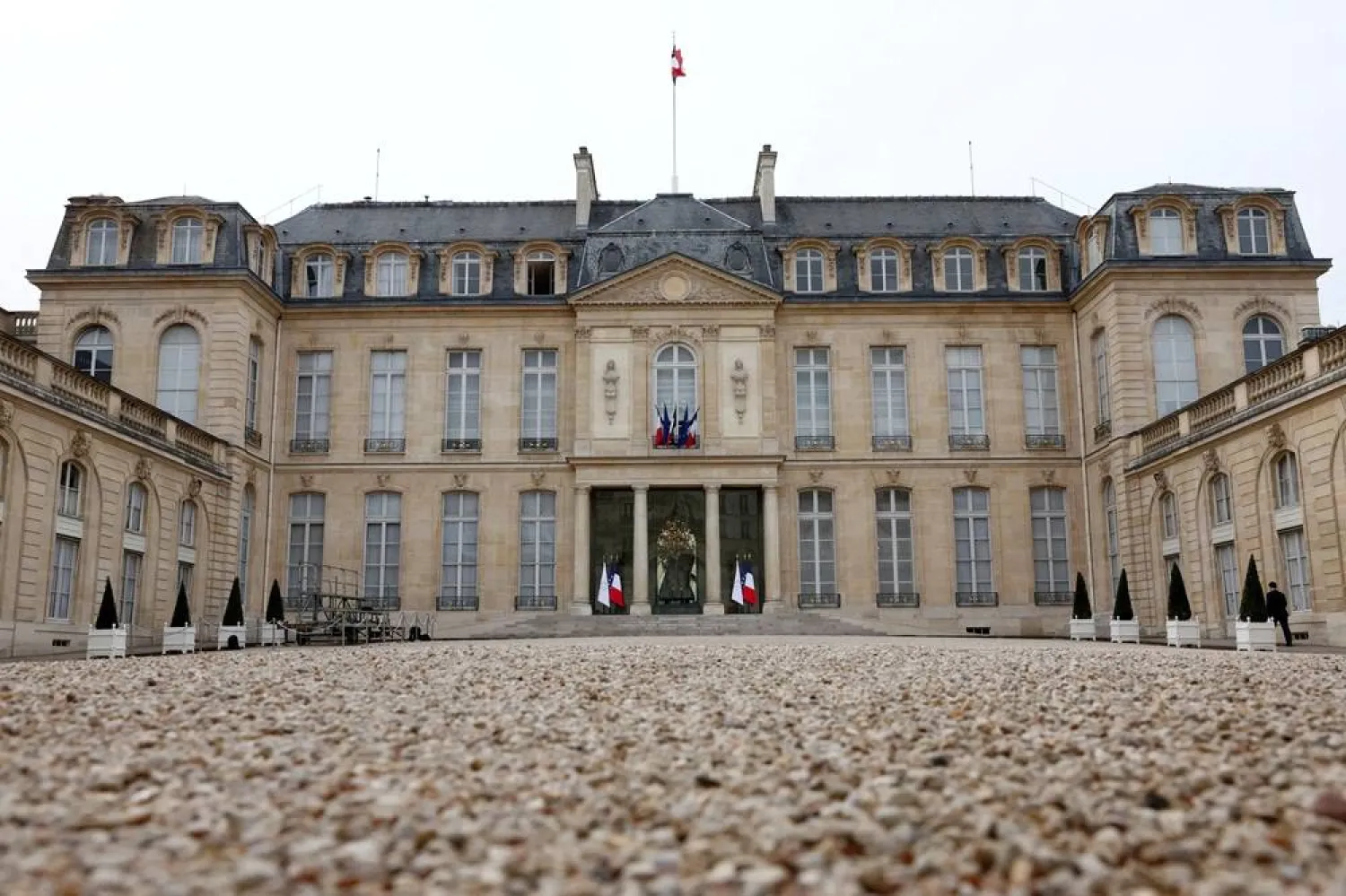A landmine-hunting rat in Cambodia has set a new world record by sniffing out more than 100 mines and pieces of unexploded ordnance, a charity said Friday.
Ronin, a giant African pouched rat, has tracked down 109 landmines and 15 other potentially deadly war remnants since his deployment to northern Preah Vihear province in August 2021, the Belgian charity APOPO said in a statement.
Five-year-old Ronin has been named the most successful Mine Detection Rat (MDR) in the organization’s history, AFP reported.
"His exceptional accomplishments have earned him the Guinness World Records title for most landmines detected by a rat, highlighting the critical role of HeroRats in humanitarian demining," APOPO said.
Ronin beat the previous record, held by hero rodent Magawa who found 71 landmines and 38 UXOs during his five-year service before retirement in 2021.
Magawa, who was awarded a gold medal for heroism for clearing mines from about 225,000 square metres of land -- the equivalent of 42 football pitches -- died in 2022.
Ronin may have two years or more of detection work ahead of him, APOPO said.









